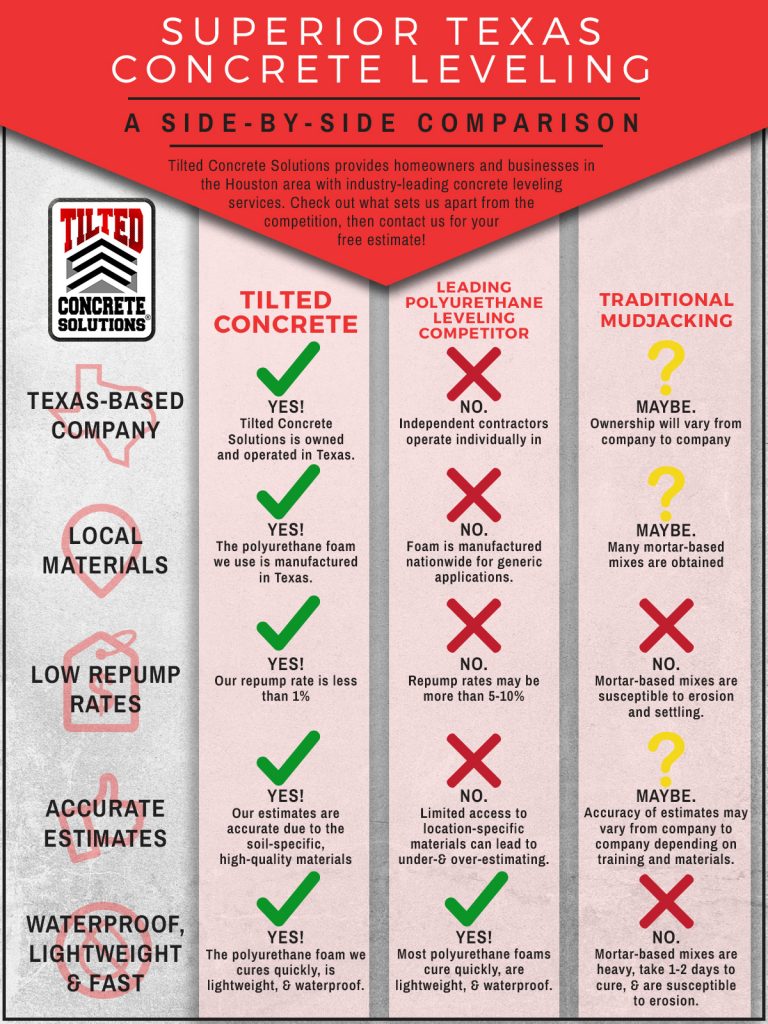Understand Exactly How Seasonal Conditions Affect The Success Of Industrial Outside Paint And Learn The Suitable Periods To Guarantee Resilient End Results For Your Task
Understand Exactly How Seasonal Conditions Affect The Success Of Industrial Outside Paint And Learn The Suitable Periods To Guarantee Resilient End Results For Your Task
Blog Article
Author-Fox Bagger
When you're preparing an industrial outside painting job, seasonal variables can make or break your outcomes. You'll want to take into consideration how temperature level and moisture impact paint application and drying out times. Picking the right period can guarantee your paint adheres correctly and lasts longer. Yet which seasons are really the best for this type of work? Allow's explore the crucial elements that can impact your project's success.
The Effect of Temperature on Paint Application
When you're preparing an industrial exterior paint project, the temperature can considerably affect just how well the paint sticks and dries out.
Ideally, you wish to paint when temperatures vary between 50 ° F and 85 ° F. If it's too cool, the paint may not heal properly, bring about problems like peeling off or splitting.
On the other hand, if it's as well hot, the paint can dry out too swiftly, stopping correct attachment and causing an irregular surface.
You must additionally take into consideration the time of day; morning or late afternoon provides cooler temperatures, which can be more desirable.
Always inspect the supplier's suggestions for the particular paint you're making use of, as they typically supply support on the ideal temperature range for ideal results.
Humidity and Its Impact on Drying Times
Temperature isn't the only ecological variable that influences your business outside paint project; humidity plays a considerable role as well. High moisture levels can reduce drying out times significantly, affecting the total quality of your paint work.
When the air is saturated with wetness, the paint takes longer to heal, which can result in concerns like bad attachment and a greater threat of mildew development. If https://small-job-painters-near-m86531.actoblog.com/35048922/uncover-the-incredible-capabilities-of-home-painters-and-learn-just-how-they-can-boost-your-home-right-into-a-magnificent-work-of-art-with-their-artistic-skills on a particularly damp day, be planned for extensive wait times in between coats.
https://professional-painters-nea99987.blogadvize.com/41907767/from-dull-to-dazzling-explore-the-benefits-of-hiring-home-painters-for-your-residence to keep track of local weather conditions and plan appropriately. Preferably, roofers in benbrook for moisture levels between 40% and 70% for optimal drying out.
Keeping these consider mind guarantees your job remains on track and delivers a lasting finish.
Best Seasons for Commercial Exterior Paint Projects
What's the best season for your commercial exterior painting projects?
Springtime and early fall are typically your best choices. Throughout these seasons, temperatures are light, and humidity levels are typically reduced, creating optimal conditions for paint application and drying.
Prevent summer season's intense heat, which can trigger paint to dry too promptly, leading to inadequate bond and finish. In https://www.bobvila.com/articles/accent-wall-colors/ , winter season's cool temperatures can hinder proper drying and curing, taking the chance of the longevity of your paint task.
Go for days with temperature levels in between 50 ° F and 85 ° F for optimum outcomes. Bear in mind to examine the regional weather report for rain, as damp conditions can ruin your project.
Planning around these variables guarantees your paint task runs efficiently and lasts much longer.
Final thought
Finally, planning your commercial external paint tasks around seasonal considerations can make a substantial difference in the outcome. By organizing work throughout the optimal temperature levels and humidity degrees, you'll ensure better bond and drying out times. Remember to keep an eye on regional weather prediction and select the right time of year-- springtime and very early fall are your best bets. Taking these steps will certainly assist you attain a long lasting and professional coating that lasts.
